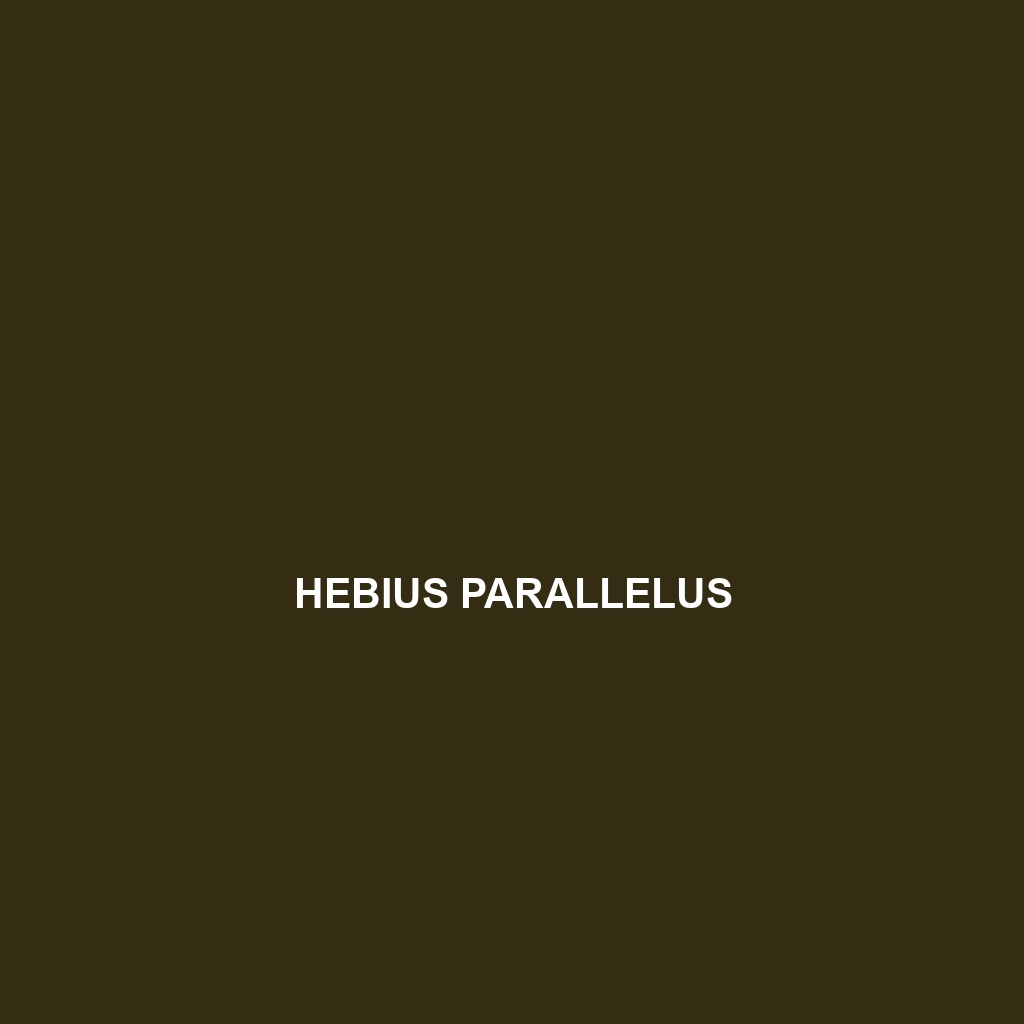Common Name
Hebius parallelus
Scientific Name
Hebius parallelus
Habitat
The Hebius parallelus, commonly known as the striped keelback, primarily inhabits a variety of environments more commonly found in Southeast Asia, particularly in countries like Thailand, Malaysia, and Indonesia. This species favors temperate forests and thrives in wetlands, where it can often be seen near freshwater bodies such as ponds, rivers, and marshes. These habitats are characterized by a humid climate that supports diverse flora and fauna, making them ideal for the survival of Hebius parallelus. Additionally, it is sometimes found in agricultural landscapes, where it may hunt for prey and adapt to human-dominated environments, showcasing its versatility in habitat selection.
Physical Characteristics
The Hebius parallelus is a medium-sized snake, typically ranging from 60 to 100 centimeters in length. It has a robust, elongated body with distinctive markings; the dorsal side features striking parallel stripes, which are usually a combination of dark brown and lighter shades, aiding in its camouflage among foliage and water. Its coloration can vary slightly depending on its habitat, but it generally exhibits a pattern that helps it blend effectively into the environment. The head is slightly wider than its neck, with large, prominent eyes that provide excellent vision, making it an adept hunter. The belly is usually lighter in color, providing further disguise when viewed from above.
Behavior
The Hebius parallelus exhibits a range of behaviors that are fascinating to observe. Primarily nocturnal, this species engages in foraging activities during the night, utilizing its keen sense of smell and vision to locate prey. Socially, they are somewhat solitary creatures, only coming together during mating seasons. Mating rituals can involve elaborate displays, where males may engage in combat to win access to females. Their ability to quickly adapt to environmental changes has also been noted, allowing them to thrive in urban areas as well as in wild settings. During daylight hours, they are often seen basking in the sun on rocks or branches near water bodies, which also aids in thermoregulation.
Diet
The diet of Hebius parallelus is primarily carnivorous, with a predilection for small fish, amphibians, and invertebrates. They are skilled hunters and often rely on ambush tactics to capture their prey. Their diet also includes crayfish and various aquatic organisms, showcasing their adaptability in foraging strategies. The ability to exploit different food sources makes them an integral part of their ecosystem, as they help regulate the populations of these species.
Reproduction
The reproductive cycle of Hebius parallelus is annual, usually taking place in the warm months when temperatures are optimal for mating. The gestation period can vary but lasts approximately 40 to 70 days, depending on environmental conditions. Females typically give birth to live young rather than laying eggs, with litter sizes averaging between 6 to 17 offspring. Newborn snakes are miniature replicas of their parents and are independent from birth, quickly learning to hunt and navigate their environment. Parental care is absent post-birth, but the high adaptability of young snakes allows them to survive in diverse habitats.
Conservation Status
Currently, the Hebius parallelus is classified as least concern by the International Union for Conservation of Nature (IUCN), indicating that it is not facing immediate threats of extinction. However, habitat destruction due to agricultural expansion and urbanization poses a potential risk to their populations. Conservation efforts focus on habitat preservation and minimizing human-wildlife conflict, ensuring that this species can continue to thrive in its natural habitats.
Interesting Facts
One remarkable feature of Hebius parallelus is its ability to secrete mild toxins, which can deter predators and are particularly effective against smaller animals. Additionally, they are known to have an excellent swimming capability, allowing them to escape threats and explore aquatic habitats effortlessly. Their role in local folklore as a symbol of good luck further cements their significance beyond mere ecological contributions.
Role in Ecosystem
The Hebius parallelus plays a crucial role in its ecosystem as both a predator and prey. By controlling the populations of insects, fish, and amphibians, this species helps maintain the balance within its habitat. Its presence indicates a healthy ecosystem, as they are sensitive to environmental changes. As a prey species for larger predators, they also contribute to the food web’s complexity, showcasing their importance in the ecological community.
